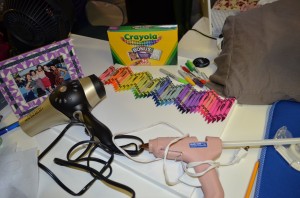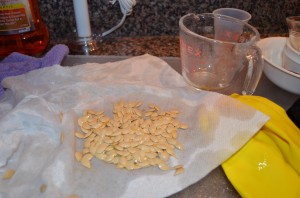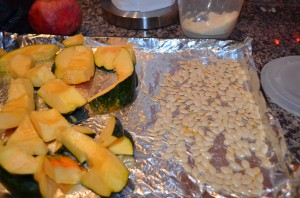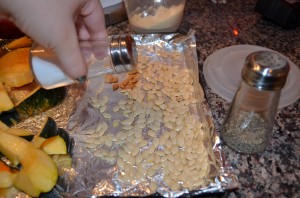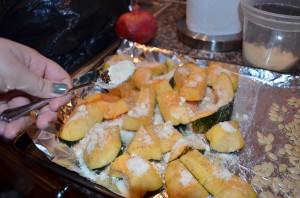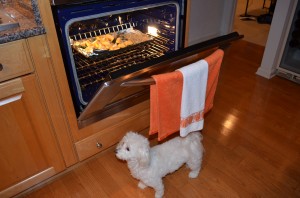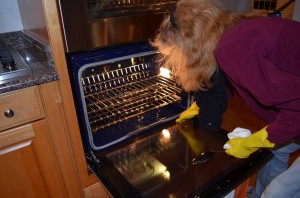It is now springtime! (That was said in a singsong voice; please, make note of that.) What does spring mean? Flowers and warm breezes. What do flowers mean? My ultimate happiness. Ah, but what so warm breezes mean? PINWHEELS. Today we are going to make this ever so classy, slightly pointless, but always fun toy. Get excited!

What you shall need to make art:
- paper
- decoration materials (pens, paint, tissue paper, glue, etc.)
- something to let it spin on (pencis, long thing, etc.) (maybe)
- a push pin (or a tack, if that’s what you call it)
- scissors
- wind (maybe)
- springtime music (country music, if that’s what you’re into?)
Step 1: The Paper Preparation
Buy or steal find paper wherever you can! I chose some thick paper because it’s study. Once you have your sheet, make it square. I find the best method for this to be folding one of the corners up to the edge of the paper, making a triangle.

Then, tear off the little flap-part at the top. AND VOILA! You now have a square piece of paper.

(Side Note: Before this next bit, fold the paper the other way as well. So that each opposing corner meets. You want an “X” fold in the center of your square paper.)
Step 2: The Paper Pretty-ification
You can do whatever you want to decorate! I went for a semi-paper mache styled approach. First, I put glue on the paper.

Second, spread it into a thin layer.

Third, rip of a piece of tissue paper. Then, press it down on the glue you just spread.

Look at how lovely it is!

Step 3: The Paper Pinwheel-ification
Now this is the tricky part. Remember how you folded the paper into a triangle both ways before? Good because that’s going to be important now!

Cut the creases on the four corners of the paper halfway to the center point.

When you’re done, it’s going to look like the image below.

Now fold every other flap into the center, pressing it into the pushpin in order to keep it down.

(Side Note: It is best to have the pushpin facing the opposite way than I have in these few demonstration pictures. You will see what I mean, when you see the final images at the end of this blog.)

Finally, press the pinwheel into a pencil (or other sort of long thing) for pinning or into a wall for a fabulous form of decoration!
Step 4: The Successes and Failures of All Pinwheels
Now, folks, I don’t know about you, but these things never seem to work properly for me… I could not for the life of me figure out how to get it to spin!

So, after some frustration, I turned this paper mache masterpiece into some wall art. I think it looks rather dapper sitting there on my board…

End Note: It’s been a pleasure to craft with you! I hope you’ve enjoyed this blog and all its content (puns and cheesiness included). You’ve been a FABULOUS audience! Now, as a final note of this end note, avoid paper cuts at ALL costs. You know the drill!












